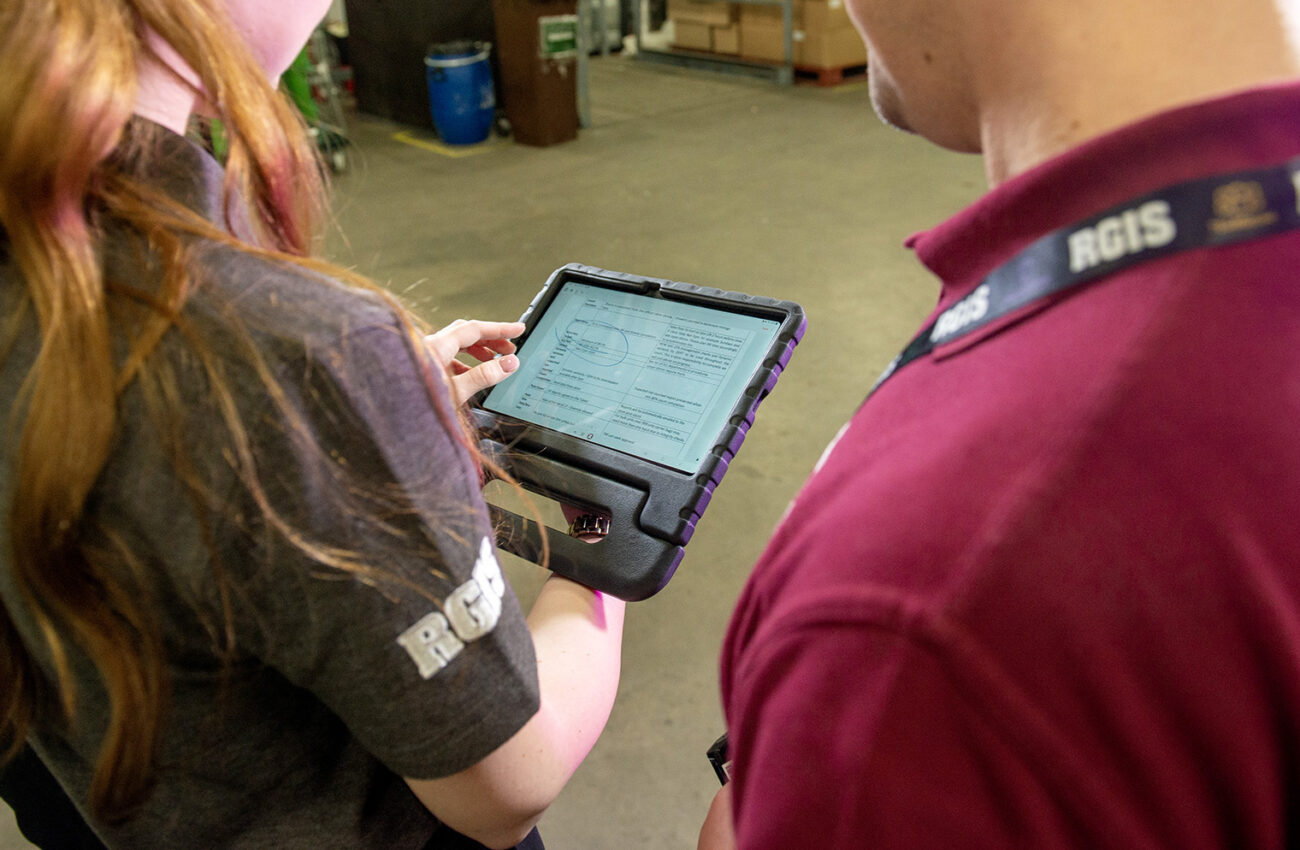5 Critical Stock Management Mistakes to Avoid & How Stocktaking.ie powered by RGIS Can Help

Effective stock management is pivotal for reducing costs, improving operational efficiency and maintaining customer satisfaction. Yet many businesses, even experienced ones, make recurring mistakes that erode margins, cause stockouts, waste capital, and distort data integrity.
At Stocktaking.ie powered by RGIS, we’ve seen these issues across many sectors. Below, we outline the five most common stock management mistakes, explain why they hurt your bottom line, and share how you can avoid them (or bring in a professional partner like us to fix them).
1. Relying on Manual & Disconnected Processes
The Mistake:
Using spreadsheets, paper logs or standalone systems that aren’t integrated leads to data silos, delays in updates, and human error (typos, mis-keyed entries, missed updates).
Why It’s Harmful:
- Data discrepancies, your system doesn’t reflect real stock levels
- Duplicate entries or mismatches between systems
- Increased labour cost in reconciling differences
How to Avoid It:
- Use a centralised inventory or warehouse management system (WMS)
- Integrate inventory, sales and procurement modules
- Automate scanning or RFID into daily movements
- Adopt regular audits and data validation
2. Poor Demand Forecasting & Overstocking / Understocking
The Mistake:
Failing to use historical data, seasonality, or market trends leads to over-ordering slow movers or understocking fast movers.
Why It’s Harmful:
- Excess capital tied up in obsolete or slow-selling stock
- Missed sales opportunities (stockouts)
- Increased carrying costs (storage, depreciation)
How to Avoid It:
- Use data analytics tools and forecasting models
- Monitor sales trends and seasonal peaks
- Set reorder thresholds and safety stock levels
- Regularly review and prune slow-moving SKUs
3. Infrequent or Poorly Timed Stock Counts
The Mistake:
Relying on one full stocktake annually (or even less often) allows discrepancies to build over time. Counting at inconvenient times (e.g. during busy sales) also causes errors.
Why It’s Harmful:
- Errors accumulate, making reconciliation harder
- Increased risk of theft, misplacement or shrinkage going unnoticed
- High disruption during large, unplanned counts
How to Avoid It:
- Implement cycle counting (count subsets more regularly)
- Schedule counts in low-traffic periods
- Use blind counts, cross-checking and spot audits
- Plan counts strategically (zones, SKUs, staggered approach)
4. Poor Stock Visibility Across Locations
The Mistake:
Not having real-time or consolidated visibility of stock across multiple warehouses, stores or locations.
Why It’s Harmful:
- Inconsistent inventory data
- Errors when fulfilling from the wrong location
- Inability to reallocate stock dynamically
How to Avoid It:
- Use a system with multi-location support
- Synchronise stock changes across all sites instantly
- Use dashboards or portals for instant visibility
- Ensure mobile/handheld devices are updated in real time
5. Weak Investigation of Discrepancies & No Corrective Action
The Mistake:
Treating stock variances (differences between physical count and system records) as inevitable and ignoring root causes.
Why It’s Harmful:
- Persistent errors go uncorrected
- You never get stronger process controls
- Shrinkage, misplacement or theft remains undetected
How to Avoid It:
- Analyse variances by SKU, zone or value
- Recount suspect areas immediately
- Document causes and corrective actions
- Feed insights back into process improvements (e.g. shelf labelling, employee training, access controls)
Why Avoiding These Mistakes Matters
When you correct these issues, you’ll benefit in multiple ways:
- Greater accuracy in inventory levels
- Reduced cost from overstocking, obsolescence and shrinkage
- Faster operations and reduced reconciliation time
- Better decision-making with reliable data
And when you engage a professional stocktaking company like Stocktaking.ie powered by RGIS, you’ll maximise return on that engagement because your stock management is already optimised.
How Stocktaking.ie powered by RGIS Supports Your Stocktake
Our teams don’t just count stock; we help you diagnose and fix root problems. Here’s how we assist:
- Pre-audit assessment to flag your key risk zones
- Clean layout and labelling support
- Best practice counting methods
- Variance reconciliation and root-cause reporting
- Ongoing consulting to improve your processes
If your team is struggling with inventory integrity, waste or inefficiency, get in touch. We would be happy to help you stabilise and scale.